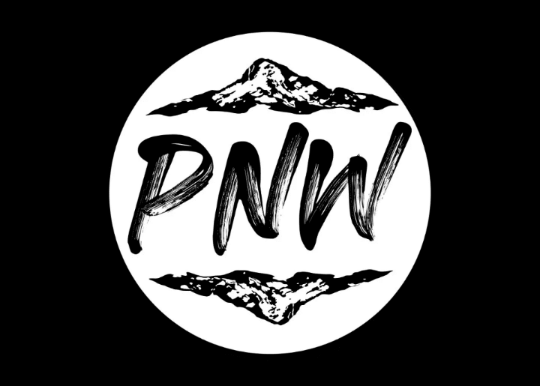The civil construction industry is undergoing a transformation like never before. These innovations are changing how we approach infrastructure design and implementation and enhancing construction projects' effectiveness and safety. Technical breakthroughs and a rising emphasis on sustainability drive them. As these changes take root, it's crucial for industry stakeholders, including contractors, engineers, and even homeowners, to stay informed. Understanding these innovations can help you better prepare for future projects and ensure that your insurance coverage is up-to-date and reflects these advancements.
1. Smart Building Materials
One of the most groundbreaking developments in civil construction is the advent of smart building materials. These materials can adapt to their environment, improving the longevity and durability of structures. For instance, self-healing concrete can repair its cracks, significantly lowering maintenance costs and extending the lifespan of buildings and infrastructure. This not only boosts efficiency but also presents new insurance considerations. Ensuring that your coverage accounts for the reduced risk associated with these materials can lower premiums.
2. Building Information Modeling (BIM)
Building Information Modeling (BIM) has revolutionized project planning and execution. BIM allows for creating detailed 3D models that include every aspect of a construction project, from structural components to electrical systems. This technology enhances collaboration among stakeholders and minimizes errors during the construction process. With such precision and clarity, the risks of unforeseen issues are significantly reduced, which can lead to more favorable terms with your insurance provider.
3. Drones and Aerial Surveying
Drones have become indispensable tools in civil construction. They provide a bird's-eyebird' s-eye view of construction sites, allowing for more accurate surveys and inspections. This technology enhances safety and saves time by decreasing the requirement for physical inspections in locations that are considered hazardous. Moreover, drones can monitor progress in real-time, ensuring that projects stay on schedule. Given the reduced risk of accidents and improved project management, discussing with your insurance provider how these innovations might affect your coverage needs is wise.
4. 3D Printing in Construction
In the building business, 3D printing creates waves because technology makes creating intricate structures with previously unheard-of speed and accuracy possible. This technology reduces material waste and allows for greater design flexibility. For example, entire houses can now be printed in a matter of days, significantly cutting down construction time. As 3D printing becomes more prevalent, updating your insurance policies to reflect the changing risk landscape is essential, ensuring that traditional and new construction methods are adequately covered.
Technology advancements and a dedication to sustainability have ushered in a new age in the civil construction sector. These advancements enhance the efficiency and safety of construction projects and reshape the industry's risk landscape. As a contractor, engineer, or homeowner, staying informed about these changes is crucial. Ensuring your insurance coverage reflects these innovations can help you better manage risks and benefit from lower premiums.
In this quickly changing world, keeping lines of communication open with your insurance provider is more crucial than ever. By discussing how these groundbreaking developments impact your specific projects and operations, you can ensure that you are adequately protected and positioned to take full advantage of these innovations' opportunities. Don't wait until a claim arises—reach out to your insurance provider today to review your coverage and ensure it aligns with the future of civil construction.

